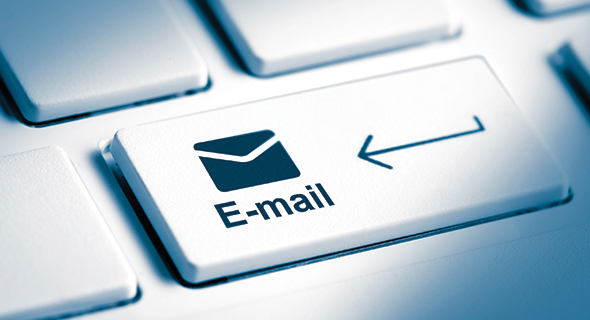Improve marketing with customer contact information
When I ask propane retailers how many customer email addresses they have on file in a usable format, they usually groan and say “Not as many as I should have” or “We just started thinking about collecting those.” The response is even more painful when I ask about cellphone numbers.
Smartly using your customers’ email addresses and cellphone numbers (for reasons like direct calls and appointment texts) is good for your business and for creating a great customer experience.
These two direct communication links to your customers can be used in areas of safety, sales and service, depending on what you are trying to accomplish with each customer. (In a future column, I will dive into some of the ways that this targeted customer information can be used to strengthen your business and your relationship with your customers.)
First you need to get those email addresses and cellphone numbers before you can plan how to use them. Here are nine ways that work:
- Ask: “How can we best reach you in an emergency?” This will normally yield your customers’ cellphone numbers. Then ask: “OK, what is your email address, as well?” These two questions will work more than 90 percent of the time.
- Have the email address and cellphone number request as required fields on your new-customer gas service applications.
- Have a one-month contest among your customer service representatives (CSR) to see who can collect the most customer email addresses and cellphone numbers. Set a goal, pay a dollar per name and have a group prize if the goal is reached. The key is to let your CSR team know why it is so important to collect this information.
- At the start of every inbound customer call, update your customer’s or prospect’s information by confirming or asking for their current email address and cellphone number to make sure their profile is up to date.
- Have service technicians collect customer email addresses and cellphone numbers while on every service call for purposes like follow-up and safety recall information.
- Sales staff should collect email addresses and cellphone numbers to follow up on proposals and sales orders. A lead-in example is: “Let me send you a quick email confirming everything we talked about today.”
- Acquire as part of an online bill pay application.
- Acquire as part of price protection program sign-ups.
- Acquire as part of any change in service level such as budget, keep-full, will-call and cash on delivery.
While abuse of customer contact information can hurt you with opt-outs, it is much more likely that a too-conservative approach will cause you to not communicate enough with customers and defeat the purpose of having the contact information.
Let’s work first on obtaining the contact information from your customers, and then I’ll help you to avoid the mine fields regarding the use of a customer’s personal contact information to give improved service.
The use of contact information to communicate with your customers is not meant to take the place of traditional marketing such as newsletters, social media and websites. It is just a cost-effective and targeted way to supplement and enhance your communications, setting you apart from competitors.
Tom Jaenicke is vice president of propane marketing services for Warm Thoughts Communications. He can be reached at tjaenicke@warmthoughts.com or by calling 810-252-7855.

















